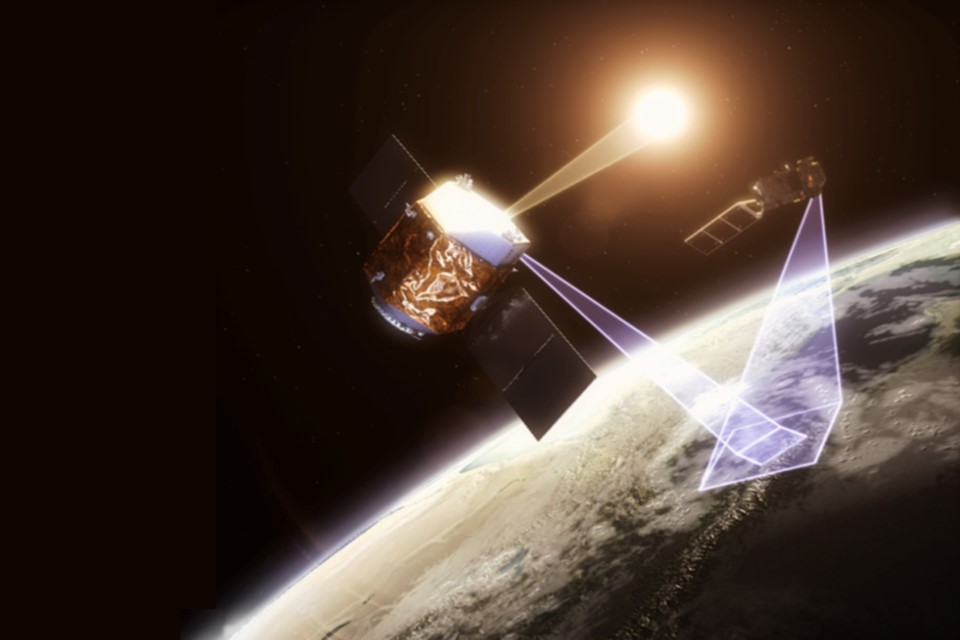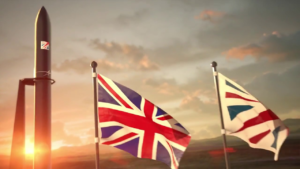Earth observation satellites: current and future British space missions
16th Mar 2022
Observing the Earth from space is the most important tool for ensuring the security and sustainable development of our planet, therefore Earth observation satellites occupy one of the key places in the global space industry, and British space missions have an important part to play in that. Hundreds of public and private companies, research institutions, and organisations develop and produce spacecraft and remote sensing devices, launch and maintain Earth Observation satellites missions in orbit, and create applications and services to process and analyse satellite data for end-users.
As a result, EO satellites are the second largest in orbit after communication satellites, and the global remote sensing market is growing steadily. We will discuss the UK’s part in this process, focusing on UK space missions.
UK’s cooperation in Earth Observation satellites
The UK has world-leading Earth Observation capability. Today it is a powerful driver of the British economy, supporting industries with a combined annual turnover of £230 billion. However this is not the limit for British Earth Observation satellites. The British government plans to maximise the potential of Earth observation in the economy, science, social sphere, and especially in the fight against climate change by 2040.
Such ambitions are backed by stable long-term cooperation at both national and international levels. The UK Space Agency is a member of the European Space Agency, representing the interests of Europe in the global space market, as well as two global EO organisations – the Committee on Earth Observation Satellites (CEOS) and the Group on Earth Observations (GEO), coordinating cooperation and data exchange between space agencies, scientific organisations and national governments of over 100 countries. In addition, the UK has its own association of remote sensing companies – BARSC, which has 37 members.
The British government provides multi-vector support for EO programmes and startups, maintains a favourable investment climate for foreign space companies – Spire Global, Airbus, Elecnor Deimos, Lockheed, etc. All this allows the UK to make a great contribution to the global and European Earth Observation satellites missions.
Following the COP26 conference on climate change, held last November in Glasgow, we will tell you more about British earth observation satellites and their missions.
Current British space missions
As a member of ESA since its inception in 1975, the UK is a key participant and investor in ESA’s Earth observation programs. Here are the current ESA missions the UK is involved in.
Copernicus
Copernicus is one of the first British earth observation satellites programmes, held since 2014 in several stages. It uses Sentinel geostationary radar satellites to cover large areas of the Earth. To date, the program includes four active missions, and two more are being prepared.
CryoSat
CryoSat has been active since 2010 and is dedicated to monitoring changes in the thickness of the ice covering Greenland and Antarctica. The primary payload is the SAR radar altimeter, which measures changes at the edges of vast ice covers and floating ice levels in the polar oceans.
SMOS
The Soil Moisture and Ocean Salinity mission was launched on 2nd November 2009. It may seem that the amount of water in the soil and the salinity in the oceans are not related, but in fact, they are key variables in the Earth’s water cycle that affect weather and climate. SMOS improves knowledge of the global water cycle and estimates soil moisture to predict hazards such as drought, flooding, and heatwaves.
Aeolus
The first satellite mission to obtain global-scale terrestrial wind profiles. These observations are used to improve weather forecasts and climate models. The measurements are made by the Doppler lidar. The mission has been operational since 2018.
Future British Earth observation missions
Biomass. Since 2023.
The mission, equipped with a new P-band synthetic aperture radar, is designed to provide critical information about the state of our forests and their changes. Biomass should also expand our knowledge of the forest’s role in the carbon cycle.
TRUTHS Since 2022
Climate mission to calibrate Earth observation (EO) satellites in flight. The mission is expected to improve the accuracy of EO data by a factor of 10 times, which will give climatologists a chance to unambiguously determine changes in Earth’s temperature two times faster. Notably, TRUTHS is one of the purely UK space missions, meaning that the UK fully develops it while ESA provides only partial support and payload launch service.
MicroCarb
A joint UKSA, JAXA, and CNES mission to monitor carbon dioxide fluxes between the atmosphere, oceans, and vegetation. The research will help estimate annual carbon sequestrations and sources in terrestrial ecosystems and help measure carbon emissions from fossil fuel use. MicroCarb is considered a more affordable successor to other carbon missions such as GOSAT, Ibuki JAXA, and NASA’s OCO-2. All of these and other UK space missions involve British satellite companies, engineers and scientists whose contributions to Earth Observation cannot be overestimated. Despite Brexit, the UK continues to be a key participant in the ESA Earth Observation satellites missions and works closely with leading space nations and agencies, while British space missions are making an enormous contribution to the safety and sustainable development of the global community and Earth observation satellites development.






Thank you for your comment! It will be visible on the site after moderation.